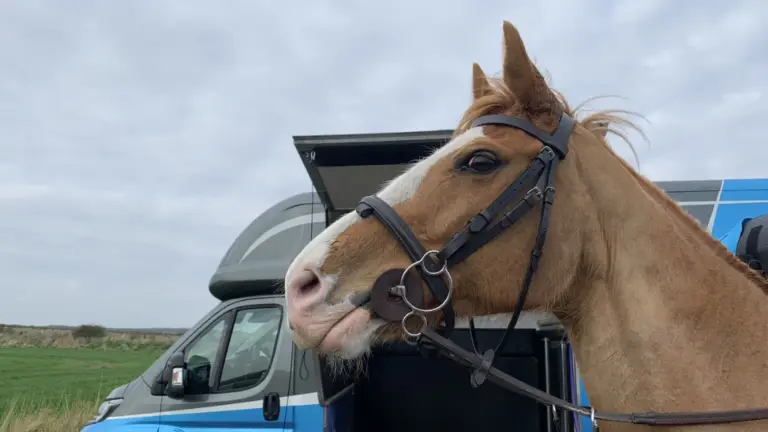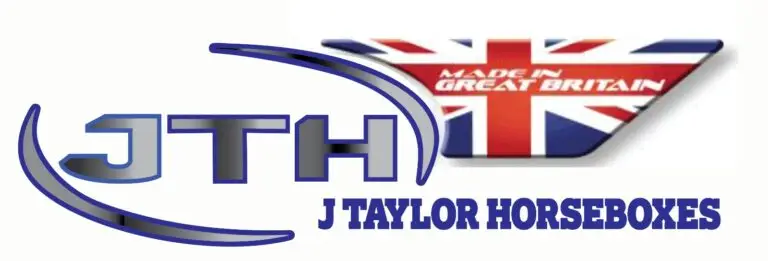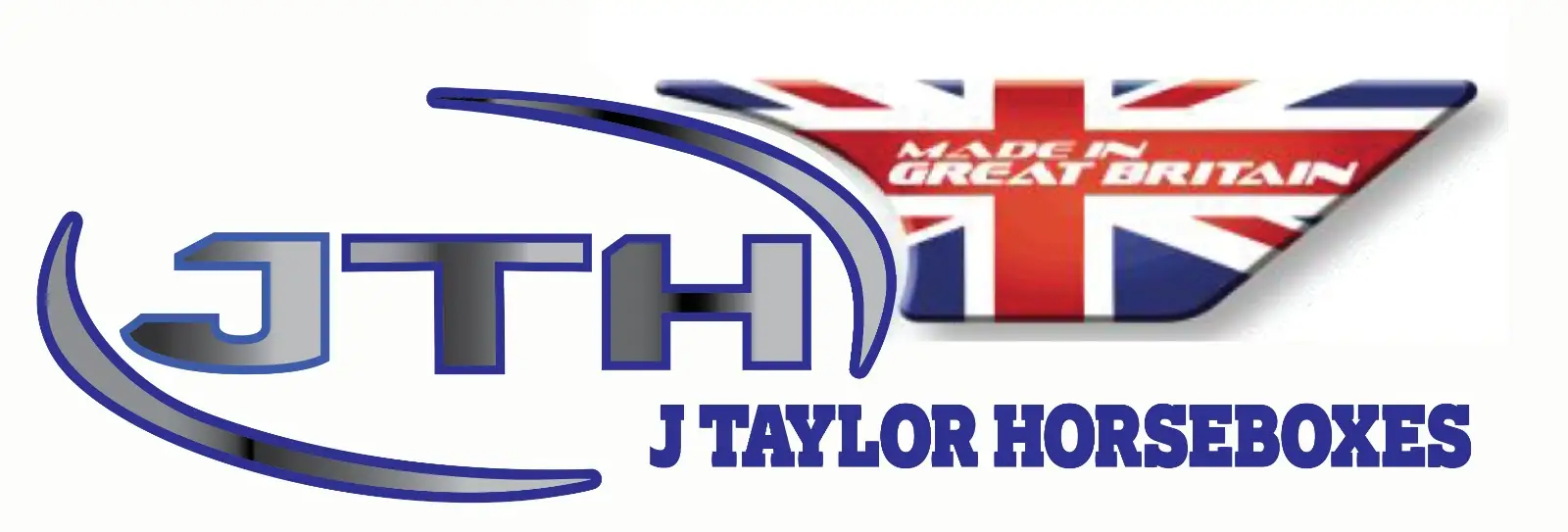Horses Hearing


Table of Contents
Written by Kevin Parker of KPH
Designing for Horse’s Hearing
Understanding how horses perceive sound is crucial for designing horseboxes that meet their unique needs. As prey animals, horses possess an extraordinary sense of hearing that allows them to detect sounds across a broader frequency range—from 14 Hz to 33 kHz. This sharp sense of hearing is important for their survival, causing them to instinctively flee from unfamiliar noises. So, designing a horsebox that reduces stress and improves well-being means understanding how sound affects horses.
Our Research Findings
The design of a horsebox plays a crucial role in managing sound within the space. Excessive noise from external sources or internal mechanisms—such as extraction fans and rattling partitions—can heighten a horse’s stress levels, which potentially leads to panic and injury as they instinctively react to perceived threats.
Observing a horse’s ears can provide insights into its state of mind; When a horse’s ears move—especially when they turn toward a sound—it’s called the Pryer Reflex. This instinctual behaviour helps horses detect potential threats in their environment. When faced with unexpected noises, horses often react as if encountering a predator, prompting them to respond before fully assessing the situation.
Horses can detect sounds that are inaudible to humans.
Depending on their temperament and the perceived threat level, they may freeze momentarily to minimize their own noise before attempting to flee.
Research shows that humans can hear sounds up to 20 kHz, but horses can hear sounds over 33 kHz. This heightened sensitivity enables them to pick up quieter sounds from greater distances.
However, constant background noise can lead to chronic stress, highlighting the need for environments that prioritise acoustic comfort.
It quickly became evident that nearly every moving part generates some sound, often imperceptible to human ears. Additionally, external noises, such as traffic, can also impact horses.
Designing the horse area in our horseboxes
By recognising the potential dangers posed by noise and incorporating thoughtful, comprehensive design features, we have significantly improved our horse areas, making them quieter and reducing stress for customers horses during transport.
Designing a horsebox with these considerations in mind is no small feat; it requires a holistic approach that impacts every aspect of the manufacturing process, extending far beyond just the horse area. By drawing from thorough research and our extensive experience, we have:
Latest design techniques
Integrating the latest design techniques, utilising advanced glues and body tapes.
This innovation has enabled us to reduce sound and vibration by an impressive 40%, creating a quieter and more comfortable environment for the horses.
Soundproofing
We apply our innovative soundproofing Coat-X Polyurea protective coating to the floors, walls, ramps, and padding of the horse area.
This durable material serves as an effective sound barrier, significantly enhancing the tranquillity of our horseboxes.
Horse gates
Horse gates and horse partitions are notorious for generating noise during transport. To address this issue, we have engineered these components specifically to remove vibration and sound.
Components
We have redesigned many component items with a view to reducing vibration and sound.
Doors and lockers
We discovered sound transfer though doors and locker doors and these are now insulated against road noise.
Wheel arches
One surprising result was the amount of road noise transferred through wheel arches. By using Coat-X in this area alone we have significantly reduced transferred road and tyre noise.
Rings
We noted that hay net rings and tie rings are an unpredictable source of noise and where possible we have reengineered these too.
Extraction fans
Another significant source of noise comes from extraction fans, with their initial startup sound often startling horses. To address this, we carefully considered their placement and where possible utilise the sound-deadening properties of our Coat-X protective padding, strategically positioning it on the ceiling between the extraction fans and the horses’ heads. When this was not feasible, we relocated the extraction systems away from the horses entirely. For our Helios 75 models, we even integrated extraction systems into blanket lockers to further minimise noise exposure.
9. Horse cameras
Cameras can be highly beneficial for monitoring horses’ reactions to external sounds, providing valuable insights into their behaviour and stress levels.
Food for thought….
At the heart of our mission is a commitment to thoughtful design and innovative solutions. We have invested substantial research and development efforts to mitigate unwanted sounds, resulting in a quieter experience for both horses and drivers. Most importantly, by reducing overall noise levels in our horseboxes, particularly in the horse areas, we believe we have significantly enhanced comfort and safety.
Safety
As always, safety—primarily horse safety—is at the forefront of everything we do.
Thank you for being part of our journey! We would greatly appreciate your thoughts on this blog post. If there’s anything we might have overlooked or if you have additional insights to share, we would love to hear from you.


